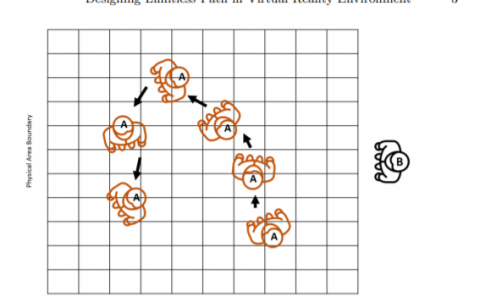Efficient Evaluation of Coding Strategies for Transcutaneous Language Communication
Title: Efficient Evaluation of Coding Strategies for Transcutaneous Language Communication
Teams: Facebook
Writers: Robert Turcott, Jennifer Chen, Pablo Castillo, Brian Knott, Wahyudinata Setiawan, Forrest Briggs, Keith Klumb, Freddy Abnousi, Prasad Chakka, Frances Lau, Ali Israr
Publication date: June 13, 2018
Abstract
Communication of natural language via the skin has seen renewed interest with the advent of mobile devices and wearable technology. Efficient evaluation of candidate haptic encoding algorithms remains a significant challenge. We present 4 algorithms along with our methods for evaluation, which are based on discriminability, learnability, and generalizability. Advantageously, mastery of an extensive vocabulary is not required. Haptic displays used 16 or 32 vibrotactile actuators arranged linearly or as a grid on the arm. In Study 1, a two-alternative, forced-choice protocol tested the ability of 10 participants to detect differences in word pairs encoded by 3 acoustic algorithms: Frequency Decomposition (FD), Dominant Spectral Peaks (DSP), and Autoencoder (AE). Detection specificity was not different among the algorithms, but sensitivity was significantly worse with AE than with FD or DSP. Study 2 compared the performance of 16 participants randomized to DSP vs a phoneme-based algorithm (PH) using a custom video game for training and testing. The PH group performed significantly better at all test stages, and showed better recognition and retention of words along with evidence of generalizability to new words.




